
The Double Bind Theory—Or Why Sensationalism (Unfortunately) Works
If you want to win, you gotta spike
Sponsored By: Summit
This essay is brought to you by Summit. Summit is an AI-powered life coach that supports you on the journey to becoming the best version of yourself. Imagine having a 24/7 available coach, infinitely customizable and personalized specifically to you, who helps you shape, manage, and achieve your personal and professional goals. That's Summit.
There are only two types of entities on the internet, and both face the same dilemma: publishers (people who make stuff) and platforms (people who distribute stuff). Both must utilize ever more extreme content in order to drive user engagement.
Another word for extreme is spiky. The thing grabbing your attention has to have some quality that makes you pay attention—what I call a spike. The easiest variable to spike on is being edgy—i.e., violating social or moral norms. The need to spike is business plutonium. You either have to be crazily skilled at handling it or your company decays over time.
I call this problem “double bind theory”: publishers will naturally make their content more extreme to gain attention, even if it puts them at the risk of being banned. This puts platforms in a double bind, too. If they ban such content, they lose engagement. If they allow it, they may face negative business impacts from advertiser complaints or social pressure.
Importantly, extreme doesn’t mean edgy. All content that wins on the internet has to be exceptional at something. But, because it is damn near impossible to consistently produce extremely exceptional content, sensationalism usually wins.
In the Darwinian bloodbath that is the internet, the double bind is the rule of the jungle. Once you grok how this force is at the central tension of all online behavior, from Facebook’s content moderation to B2B SaaS marketing, you’ll see how much of your own life is determined by it.
It starts with the lizard king
To see this theory in action, take this 2018 Facebook note from Mark Zuckerberg:
“One of the biggest issues social networks face is that, when left unchecked, people will engage disproportionately with more sensationalist and provocative content. This is not a new phenomenon. It is widespread on cable news today and has been a staple of tabloids for more than a century. At scale it can undermine the quality of public discourse and lead to polarization. In our case, it can also degrade the quality of our services.
Our research suggests that no matter where we draw the lines for what is allowed, as a piece of content gets close to that line, people will engage with it more on average [emphasis added]—even when they tell us afterwards they don't like the content.”
Zuckerberg’s comments were accompanied by this chart:
What Facebook found is a key rule in double bind theory. Content creators on a platform will naturally toe their way ever closer to the policy line for prohibited content. The content closer to the line will be rewarded with more attention, resulting in a content Darwinism where the extreme thrives. That extreme would ideally refer to an extreme in quality, but it is usually easier to go extremely controversial.
Summit is like having a life coach in your pocket, ready 24/7 to provide guidance molded to your preferred style - be it a no-nonsense drill sergeant or a zen-like friend.
With Summit, your lofty goals become manageable daily plans, tailored to your progress and designed to foster consistent behavior. It takes a proactive role in your growth journey, ensuring you stay on track with diligent follow-ups that inspire motivation.
Our mission is to bring affordable, accessible coaching to everyone. Summit is ideal for entrepreneurs, students, and growth seekers looking for personalized AI assistance to help you become the best version of yourself.
Join the Summit community and elevate your personal and professional growth.
The people who don’t create content that doesn’t go extreme—whether in quality or topic selection—go out of business or hit an audience plateau earlier than they would have if they were more shameless. Many of YouTube’s most popular creators thrive off of drama and crossing the line. Logan Paul filmed and cracked jokes about a suicide victim in Japan despite his audience being largely children. David Dobrik was accused of enabling, filming, and monetizing a video of a sexual assault.
It also works in the B2B context: Basecamp controls a large part of software culture by writing rants about things the company doesn’t like and neatly translating that into software sales. Peter Thiel’s Founders Fund is a top-performing venture capital firm while seemingly all of its employees are rude to people on Twitter (and get deal flow from that trolling!).
The most popular content and creators will be flirting with the line, and platforms will experience pressure to let it slide by. If they stand firm, they risk losing out to more permissive platforms. They’ll also lose out on the revenue that the content would have generated. If they let edgy content stand, they’ll be pressured to shut down by advertisers (Twitter/X), or some other repercussion.
Of course, all companies are somewhat beholden to their most powerful customers.
In my former home of B2B software, we faced pressure to build custom widgets for big clients. When you deal with content, your most powerful creators may ask for special business deals, but they will also demand special content treatment. Whether it is by virtue of them contacting the company for this privilege or whether the company feels this pressure from its business model, it is a very real phenomenon. A few years ago, OnlyFans put out an official company policy that allowed popular accounts to get away with posting content that violated its terms of service. Facebook did this by giving conservative commentators special moderation privileges and allowing them to ignore its community standards in 2020.
The closer a company positions itself to a tool rather than a consumption platform, the less it has to worry about the double bind. Adobe doesn’t take responsibility for racist memes made using Photoshop. Excel doesn’t worry about falsified financial documents created in its spreadsheet. Facebook, Substack, Twitter—all of these companies argue that they are acting as a tool or a platform, not as a publisher. Note: In my opinion, although the latter three aren’t analogous to traditional publishers, they weigh more heavily in that direction. The key to staying a tool is to avoid being an algorithmic recommender of content or a direct funder of the person doing the creation (through loans, grants, or otherwise).
The pressure of the double bind pushes the “policy line” further to the right and enables platforms to capture more attention.
As a writer on the internet, I hate that this is true! I do my best to keep my creative integrity and write about the things that interest me. However, I always feel a pull to be more extreme. I do my best to make that extreme about quality, but there is that niggle in my brain that if I wrote more populist, less nuanced takes, my newsletter would be making more money.
The double bind’s implications
So if edgy content is so good at capturing our focus, why can’t media companies beat social companies at their own game? I mean, theoretically, the people who do this professionally should be better at finding the edge than amateurs.
In a traditional media company, everything that gets published has to be greenlit by a powerful central authority. There is an executive editor of some type determining publishing strategy and the scarce resources that are committed to it. The only content that gets published is the kind the powerful central authority is willing to put their name on—a mighty limiter in a world where executives don’t just seek wealth, but respect and status.
By eliminating the need for any commitment of scarce resources from a central body, and by allowing content to be published without approval, UGC platforms were able to move the “policy line” far to the right. This isn’t the whole story of why open networks grew so fast, but it is an important and under-appreciated part of it. And yes, publishers and platforms are different types of companies, but they are competing for two scarce identical resources: advertiser dollars and consumer attention.
“Wait!” some of you might be thinking. “You’re telling me platforms beat publishers because they have a narrative that lets them evade accountability for the morality of the content published in their systems. But aren’t there plenty of shameless publishers willing to push the edge?”
And you are right! There are lots of publications that have the explicit goal of being edgy (Barstool, Breitbart, and Vice come to mind), but they still get beaten in the war for attention by internet randos. Barstool was forced to add gambling products to achieve significant revenue. Vice pivoted to video (and later bankruptcy) and Breitbart to white nationalism.
Which brings us to the deeper reason why platforms have an advantage over publishers. Platforms didn’t just win by avoiding accountability and moving the policy line. They also won by unleashing a powerful evolutionary force that can get far closer to the line than any media company could, because they get thousands of attempts.
Double bind in practice (platform vs. publisher)
Algorithmically amplified content is an engagement optimization machine. To illustrate what I mean, let’s go through an example:
When a major news event occurs, there are essentially infinite ways to write about it. Length, flow, substance, style—all these variables can be combined to form a content product that will draw the maximum amount of engagement.
If you are a traditional media publisher, you have a limited supply of creators to make the content and an even smaller number of places to display the piece to the consumer. The New York Times runs A/B tests on ~29% of its headlines to see which titles will get the most clicks. Even with this methodology, you are still only going to get a max of five or so chances. To add to the difficulty of being a traditional media publisher, you can only target the content to a certain subset of the population. Different population segments enjoy different styles, further limiting the amount of engagement supply available.
In contrast with all of these limitations, tech platforms have many orders of magnitude more chances to get the perfectly engaging content for each user. A tiny subset of people creates content, most of them with little training or experience, and putting little effort into it. When you have tens of millions of people doing this—including many professional individuals and media corporations—someone will hit on the perfect mix of style, voice, and length to go viral.
Red dots represent small amateur efforts, yellow dots represent large professional efforts.
But there is an even greater advantage to the platforms: not only is the creation process far more optimized than at a traditional media company, but so is the targeting. They hold wide audiences of many demographics on their sites and can customize what individuals see based on their personal viewing history. Not only has this been of great financial benefit for ad targeting purposes, but it also gives these companies the special bonus of content targeting.
In sum, every single aspect of a typical media business’s process works better for a tech platform.
Again, you may protest, “But Evan, what about puppy videos? Or the Substacks with balanced news?”
And you are right! Double bind theory posits that the extreme wins—but the theory does not define the boundaries of extreme in competition. It is the most extremely adorable good bois that dominate doggy Instagram. For those Substacks that are “balanced,” their extreme competition vector is on prose quality and subject selection, not on rule-pushing.
However, these categories of content are the exception, not the rule. Extremely edgy is easier to consistently achieve than extremely high quality. We are in an all-out war for eyeballs, in every category of personal life and business. Truly great material can stand out from the sea of things beckoning for our attention. But edgy is easier to achieve than excellence. Every time some edgy creator flames out, there is someone willing to go even farther to take their place.
If you have made the unfortunate choice to participate in this bloodbath of an industry, you have two options: create a process to consistently deliver truly incredible products or listen to the siren song of sensationalism. For most people, option two is easier.
Author's note: This is a much-improved version of a thesis I published two years ago as per my remix policy. If you have any feedback, I'll be hanging out in the comments.
Find Out What
Comes Next in Tech.
Start your free trial.
New ideas to help you build the future—in your inbox, every day. Trusted by over 75,000 readers.
SubscribeAlready have an account? Sign in
What's included?
-
Unlimited access to our daily essays by Dan Shipper, Evan Armstrong, and a roster of the best tech writers on the internet
-
Full access to an archive of hundreds of in-depth articles
-
-
Priority access and subscriber-only discounts to courses, events, and more
-
Ad-free experience
-
Access to our Discord community
Thanks to our Sponsor: Summit
Thanks again to our sponsor Summit, your personal AI coach. Designed to break down your loftiest goals into bite-sized daily actions, Summit accelerates habit formation and keeps you consistent. Plus, it always has your back – offering proactive follow-ups stirring up motivation, and holding you accountable on your journey.
Summit's mission is to help you become the best version of yourself by providing affordable and accessible coaching to all. Loved by entrepreneurs, students, startup leaders, and those committed to personal growth. Unlock your best self with Summit.
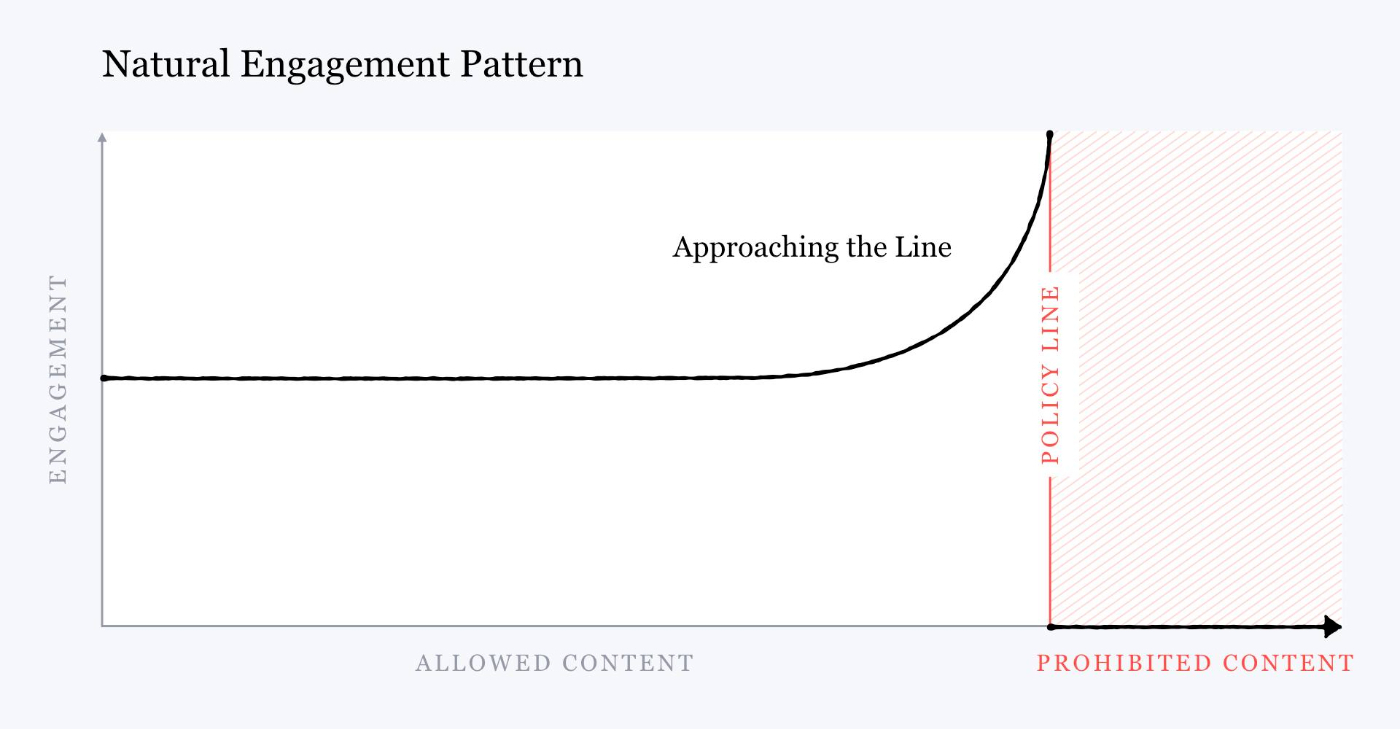
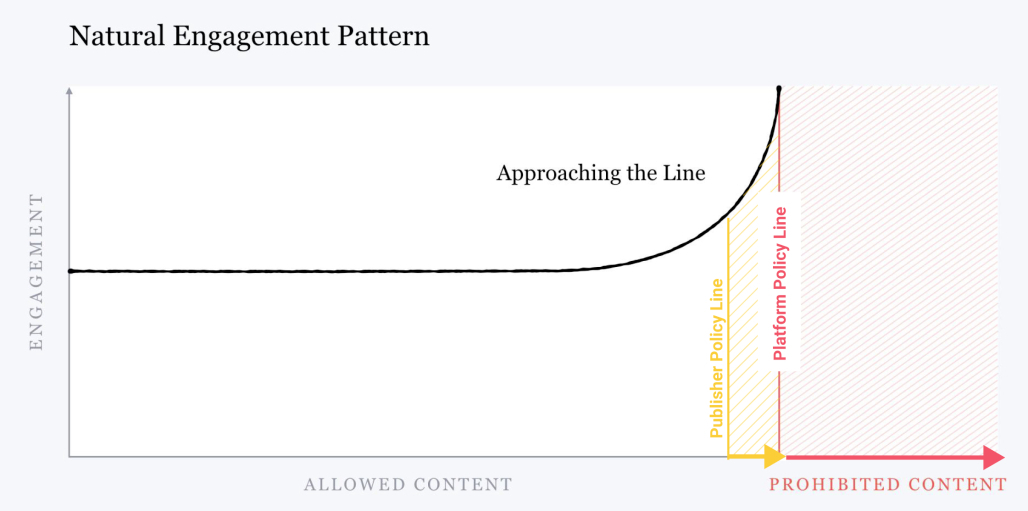
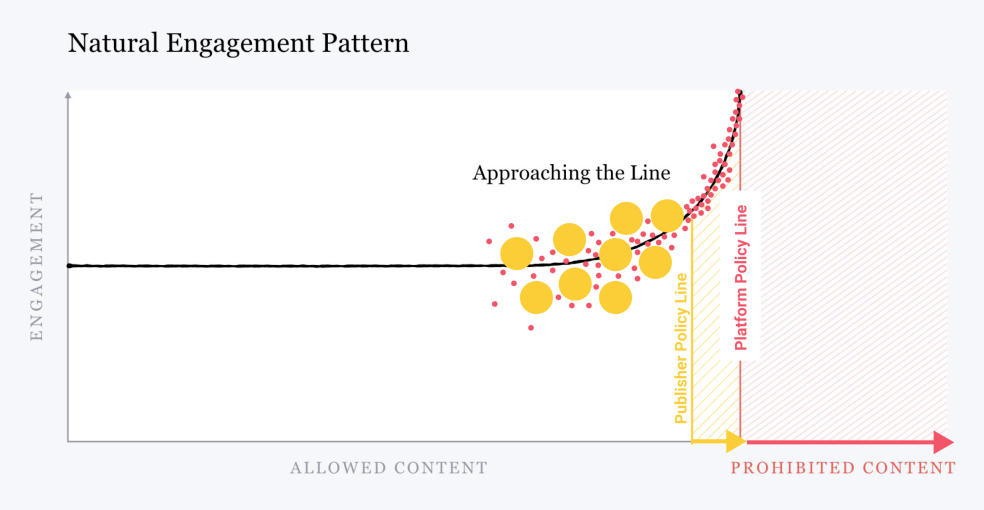
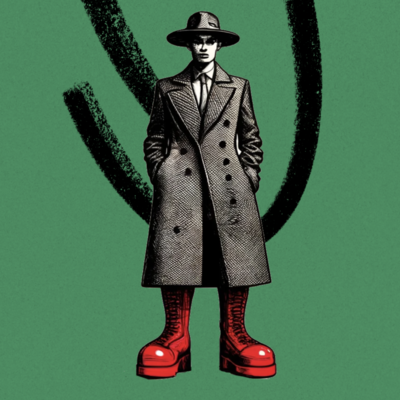
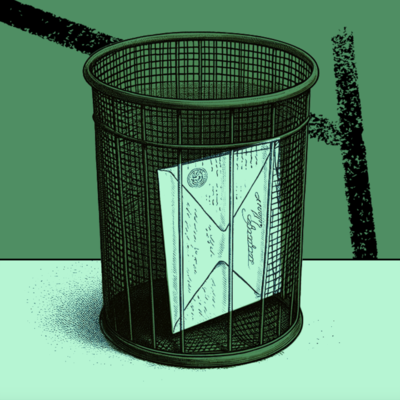



Comments
Don't have an account? Sign up!
Well argued. Question: is survival of the fittest the only leg of evolution or, as many have suggested, is survival of the cooperative also valid? If so, does cooperation elevate quality? In other words, does a strategy promoting quality do better if they emphasis sensationalism or cooperation? I don't know, but that's what popped into my head when I read this! Thanks!
@nanh I think it is impossible for 99% of firms to cooperate on a large enough scale to make a long-term, defensible advantage. That said, short-term stuff works.
Really well written. In an age of generative AI I am curious though, if the publishers could potentially pivot in a way by mass-personalizing their content to their viewers preferences. I imagine users of websites being able to customize the content automatically in length, style, complexity and so on based on their personal likings. It would be interesting if such a change could mitigate the disadvantage of publishers.
This is an incredible piece. Thank you. I work at meta and have never seen this problem framed so clearly.
Oh my goodness you had me cackling like a hyena.
..."Facebook’s content moderation to B2B SaaS marketing, you’ll see how much of your own life is determined by it.
Title: It starts with the lizard king"
My sides are in orbit, thanks for the delightful chuckle.
I think you're argument runs true:
"If you have made the unfortunate choice to participate in this bloodbath of an industry, you have two options: create a process to consistently deliver truly incredible products or listen to the siren song of sensationalism. For most people, option two is easier."
Hopefully with the rise in AI capability, quality will become as accessible as sensationalism.
Although, it doesn't hurt to put a little bit of icing on the cake!